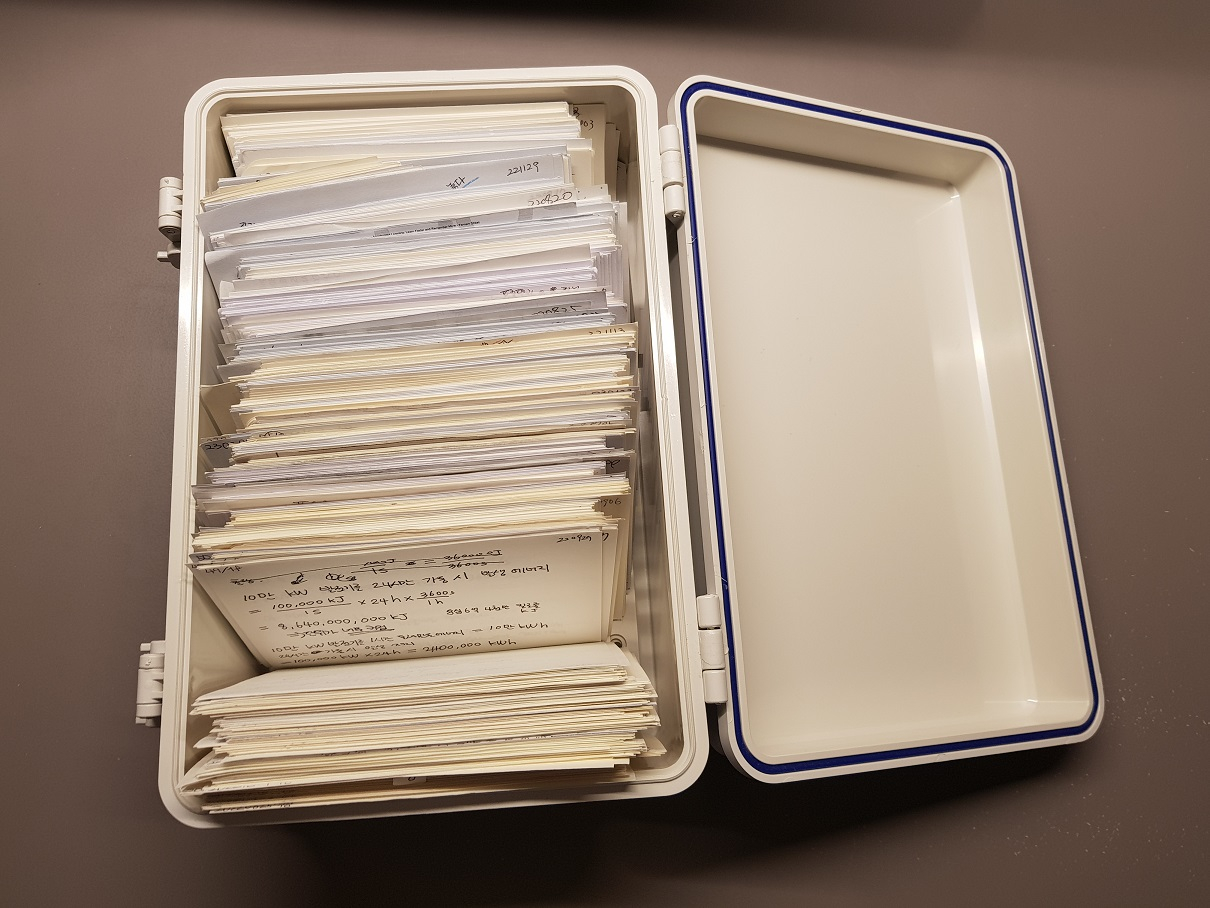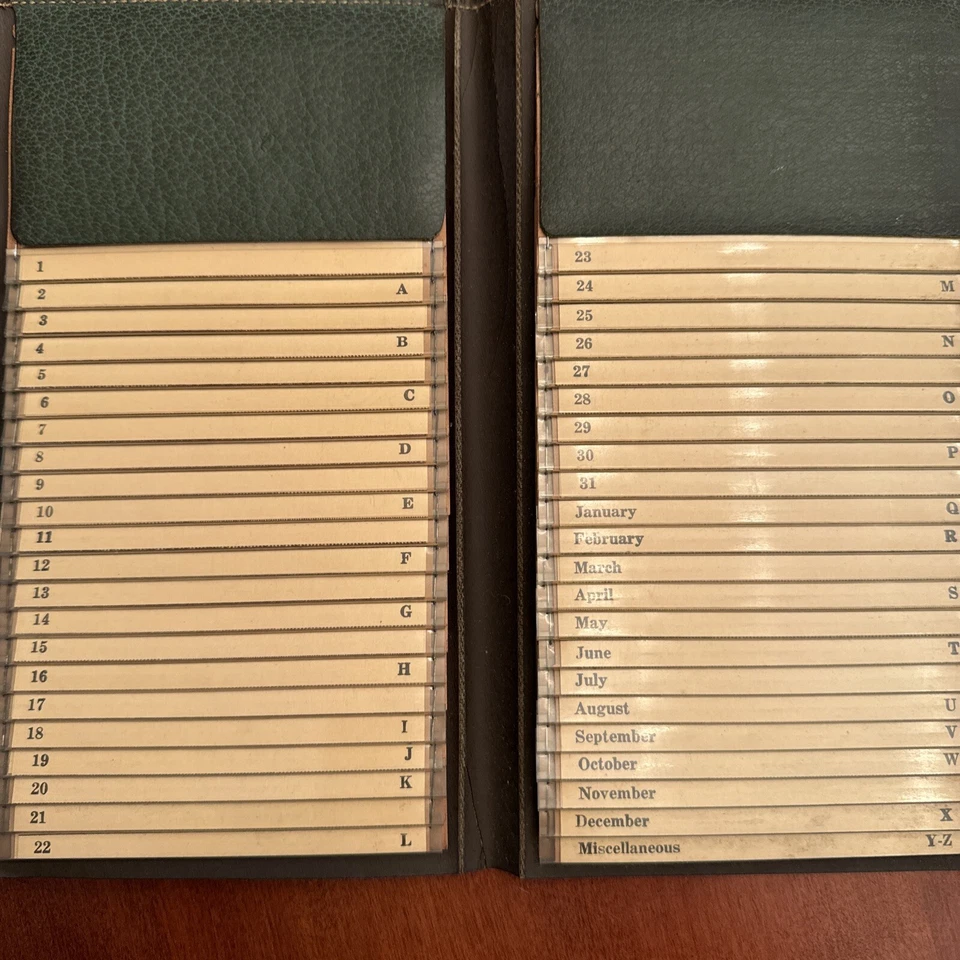Julius Reizen in reviewing over Umberto Eco's index card system in How to Write a Thesis, defines his own
"insurance card" as one which contains "hard-to-classify thoughts, questions, and areas for further inquiry". These he would keep together so that they don't otherwise get lost in the variety of other locations one might keep them
These might be akin to Ahrens' "fleeting notes" but are ones which may not easily or even immediately be converted in to "permanent notes" for one's zettelkasten. However, given their mission critical importance, they may be some of the most important cards in one's repository.
link this to
- idea of centralizing one's note taking practice to a single location
Is this idea in Eco's book and Reizen is the one that gives it a name since some of the other categories have names? (examples: bibliographic index cards, reading index cards (aka literature notes), cards for themes, author index cards, quote index cards, idea index cards, connection cards). Were these "officially" named and categorized by Eco?
May be worthwhile to create a grid of these naming systems and uses amongst some of the broader note taking methods. Where are they similar, where do they differ?
Multi-search tools that have full access to multiple trusted data stores (ostensibly personal ones across notebooks, hard drives, social media services, etc.) could potentially solve the problem of needing to remember where you noted something.
Currently, in the social media space especially, this is not a realized service.







 via
via